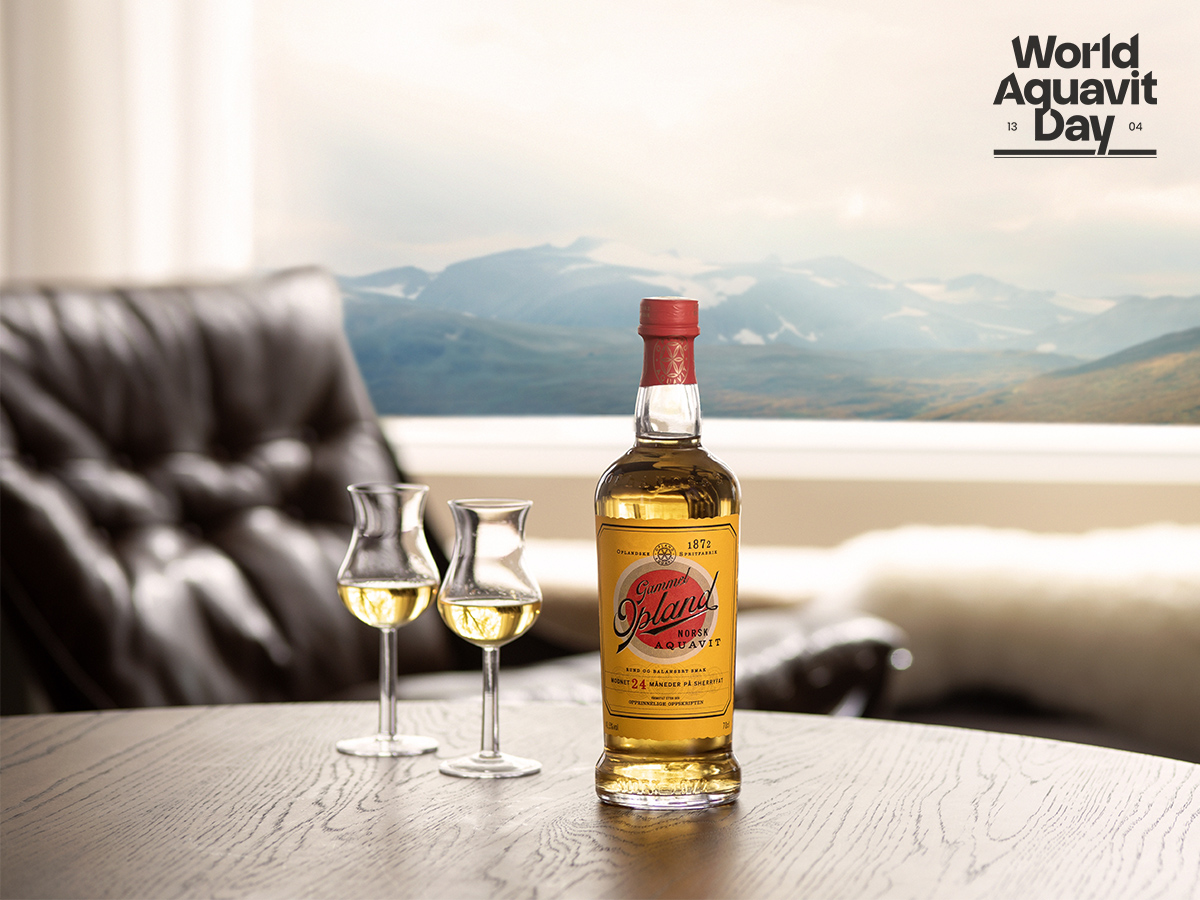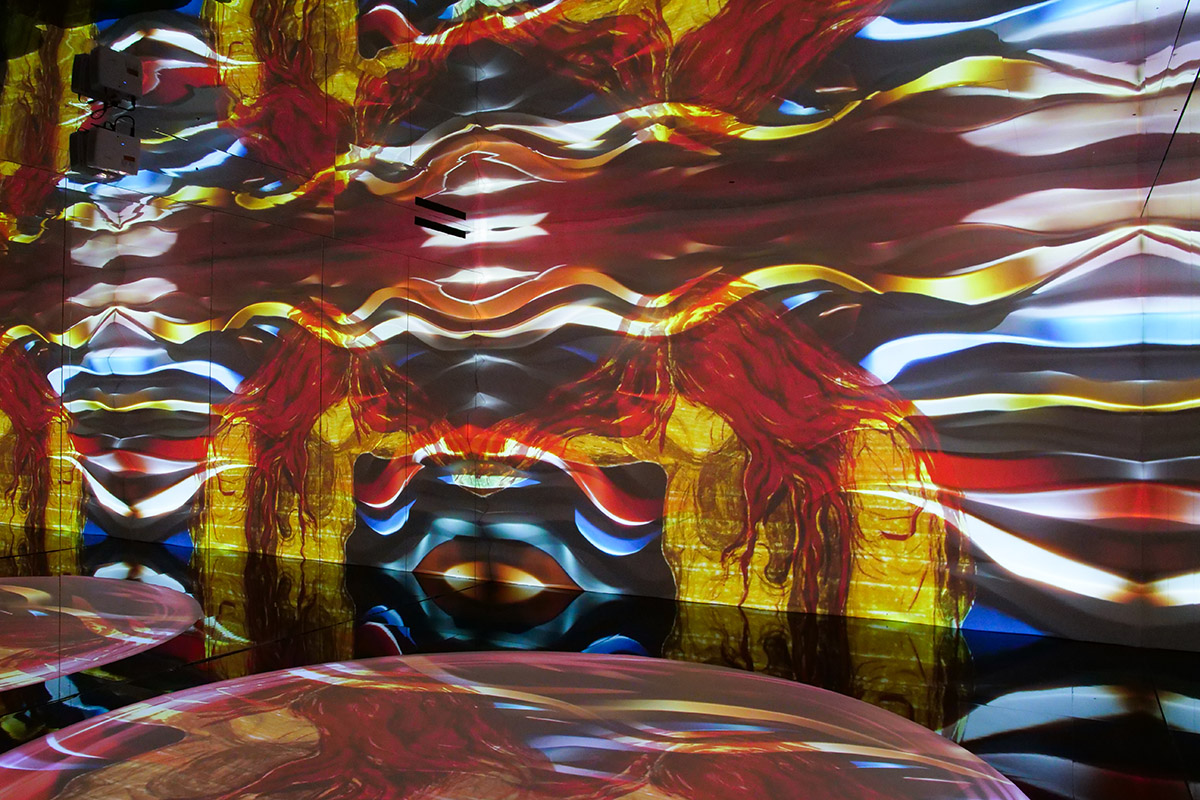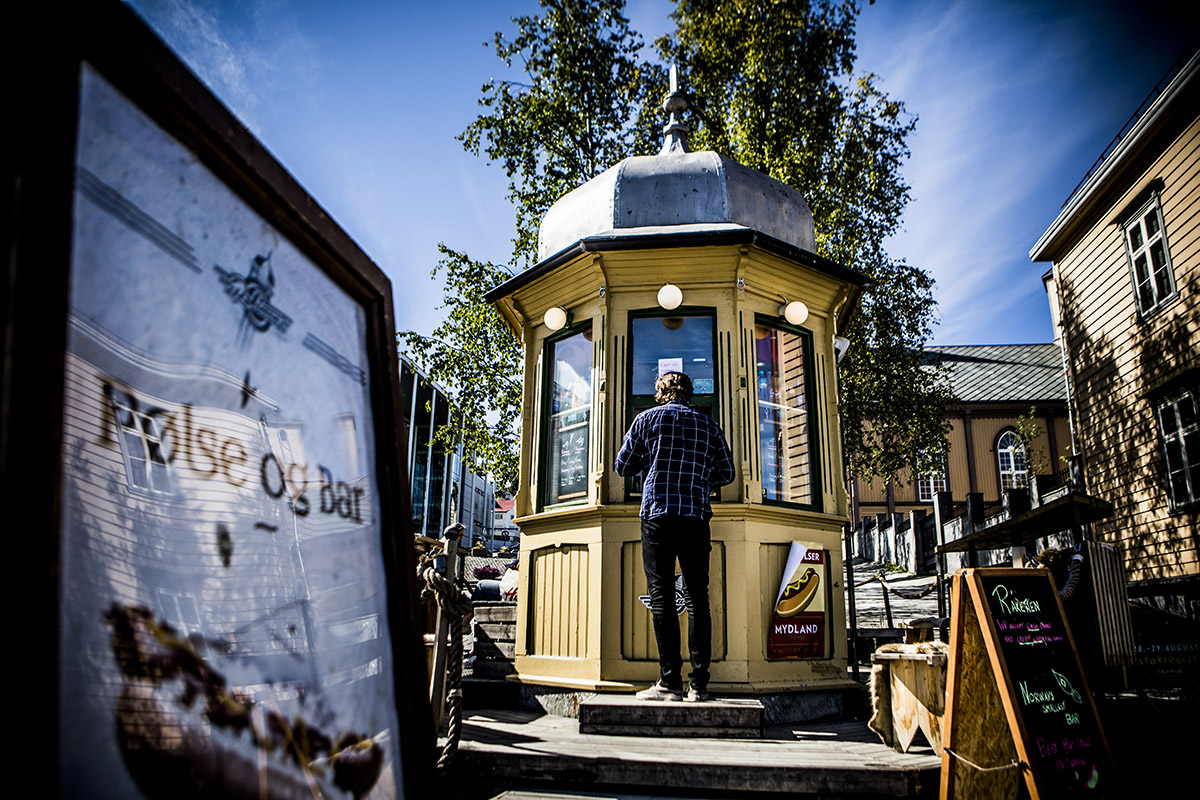Eke (and eco) out the most of the ski season
By Colin Nicholson
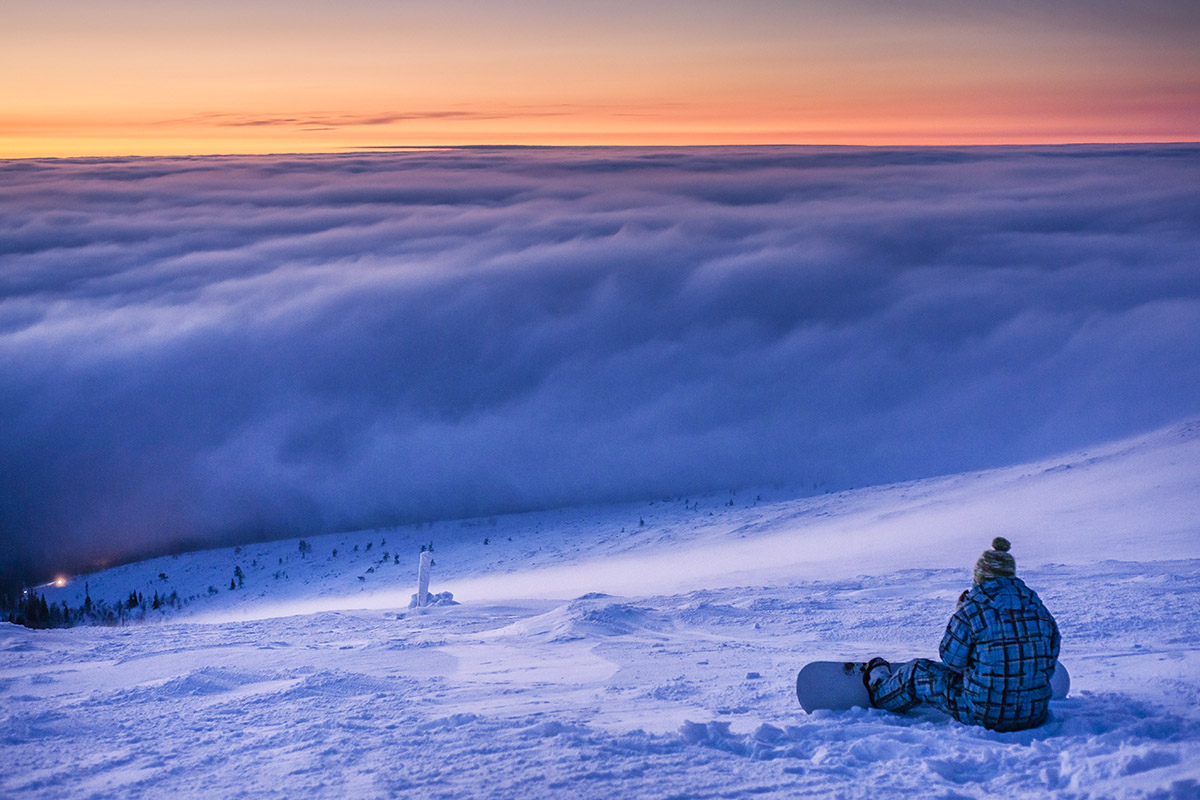
The Finnish resort Ruka stores 150,000 cubic metres of snow from May to September. Photo: ruka.fi
The Nordic countries want their ski seasons to last as long as possible, so they have developed some intriguing innovations to ensure guests can ski well into spring and beyond – while keeping carbon dioxide emissions and the environmental impact to a minimum.
It is hard to avoid flying altogether when it comes to winter breaks, but by catching one plane – rather than two – you significantly reduce your emissions. There has also been more focus on the onward journey to eliminate the need to hire cars. Snowmaking, though a minor contributor to emissions, is also being revolutionised.
Your holiday will always have a carbon cost, but that shouldn’t stop you from being an environmentally aware skier. And it’s worth remembering that by visiting some of these remote areas, you are helping to stem the growing problem of rural depopulation – and the unsustainable drift to big cities – by creating work for locals.
Read on to learn about some of the clever things resorts are doing.
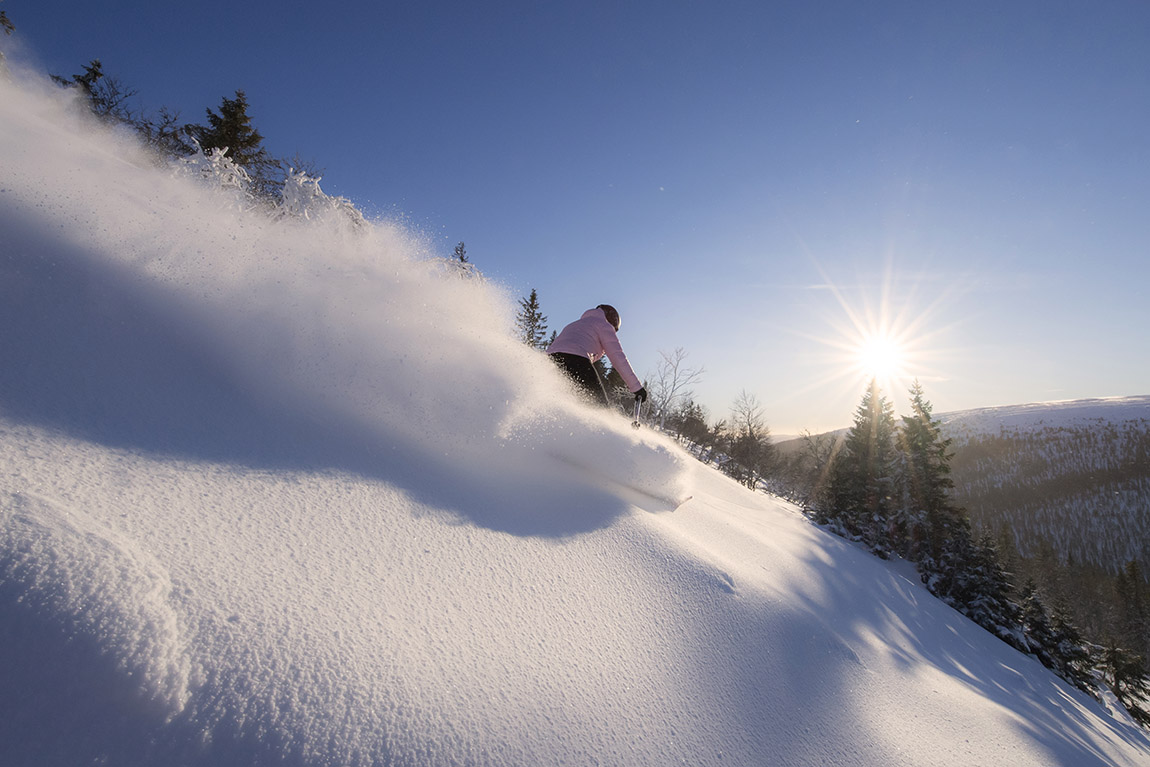
From the new Scandinavian Mountains Airport, you can be at Sälen, one of Sweden’s biggest ski areas, in just ten minutes. Photo: ski-scandinavia.co.uk
From airport to summit with just two changes
Sadly, the days of catching a ferry from the UK to Scandinavia – as I did as a child – are over, so flying is virtually unavoidable. However, environmentally friendly airport transfers are possible. In Voss, remarkably, you can be at the summit with just two platform changes from the airport. This is thanks to the recent ‘green line’, where you take a tram from Bergen airport to the station and, an hour later, find yourself at the base of the new gondola, which rises directly from the railway station to reach a decent network of pistes, served by 11 lifts. The gondola’s new 3S design also ensures that – whatever the weather – it can carry 1,544 skiers an hour each way, while the old cable car could manage only 350. Voss is a historic town, so there’s plenty for non-skiing partners, and it’s also just half an hour by bus from another little gem of a Norwegian resort – Myrkdalen. Coming back from Voss, the green line means you can be on the slopes until 3 pm and still make the 7 pm flight home.
Skiing to 21 April, vossresort.no
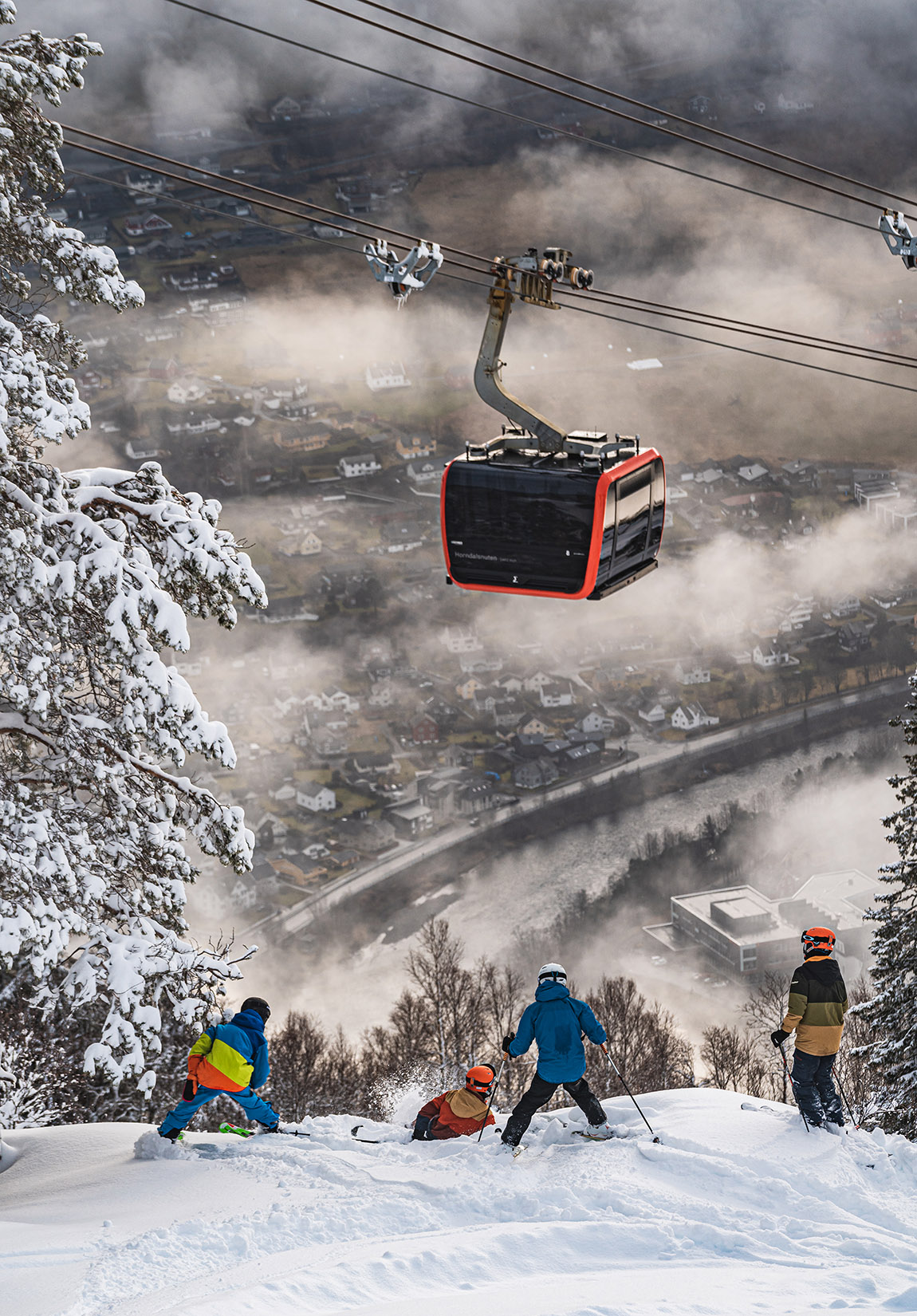
In Voss, you can be at the summit with just two platform changes from the airport. Photo: Jon Hunnålvatn and Voss
Remote controlled flying
When you arrive at the new Scandinavian Mountains Airport – an initiative of the local business community – you notice something missing. Yes, the mountains are there, with Sälen, one of Sweden’s biggest ski areas, having opened in November. But what you won’t see is a control tower. The air traffic controllers are in a shared hub 300km away, where they use cameras and sensors on the former airstrip to guide planes in – often with improved vision at night and in bad weather. The technology, developed by Saab, means the Nordic countries are seeing smaller, less environmentally intrusive airports springing up on old airstrips. From the new airport, which has direct flights to the rest of Europe, you can be on Sälen’s treelined pistes in just 10 minutes (you can even do the transfer by husky sled). You are also 40 minutes from Trysil, Norway’s biggest ski resort. Both are particularly popular with young families looking to enjoy a winter wonderland in an unpressured environment, especially having dispensed with the three-hour drive from Oslo.
Skiing to 21 April,
skistar.com
ski-scandinavia.co.uk
Ski on snow stored over the summer
Many Nordic ski areas make use of their latitude to offer a longer season, but none more so than Ruka. The Finnish resort stores 150,000 cubic metres of snow from May to September under sawdust and insulating geotextiles, losing only 15 per cent to melting. In addition to reducing the need for snowmaking, this helps guarantee snow on Ruka’s 20km of runs, which are served by 22 lifts. Beginners will favour the east side, with its gentle undulations, which blend into the rolling snow-covered fells, while advanced skiers will seek out the steeper west side, with widely spaced glades offering easy access to off-piste adventures.
You can also visit the nearby resort of Pyhä, which has a ‘hot beds’ scheme to ensure all beds in the main village are in use. It seeks to avoid the global problem of privately owned accommodation being built around ski resorts and used for just a few weeks a year – an under-reported problem, as half the carbon dioxide emissions of a new building over its lifetime come from its construction.
Skiing to 4 May, ruka.fi
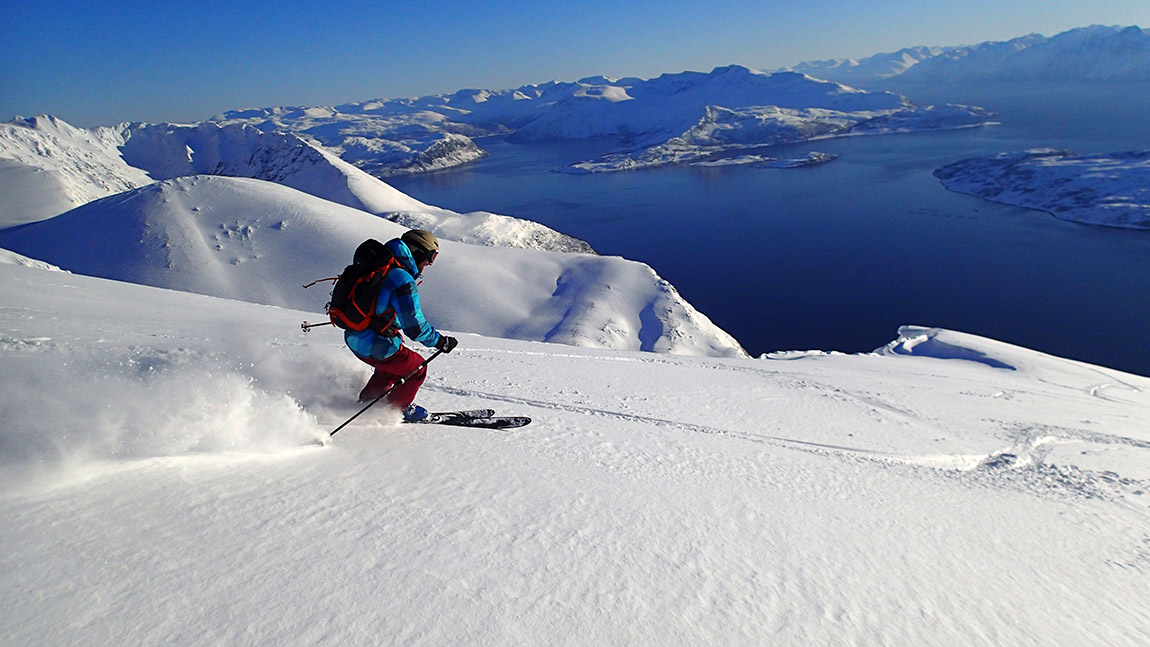
From Tromsø, Lyngen Outdoor Centre can be reached by ferry. Photo: Lyngen Outdoor Centre
Skiing by boat
About a quarter of the carbon dioxide emissions from flying come from take-off and landing, so it’s great news that you can now reach Tromsø from many cities without flying via Oslo or Bergen. This charming Arctic town, with its wooden houses, museums, cafés and restaurants, is a good starting point for activities such as dog sledding, seeing the Northern Lights, cross-country skiing, meeting Sámi reindeer herders and whale watching. But you can also go skiing by boat. A three-hour ferry ride from Tromsø is the Lyngen Outdoor Centre. There are no ski lifts here, but qualified guides will take you on skis with touring ‘skins’ fixed to the bottom. So, from sandy beaches, you can trek up spectacular peninsulas stretching into the Arctic Ocean. At the top, you take off your skins for magnificent descents on slopes that appear to drop straight into the crystal-clear water. Centres like these are vital to help stem the massive problem of rural depopulation by bringing in ecologically responsible tourists who want to enjoy the area’s unspoilt beauty.
Skiing to late May, lyngen-outdoor.com
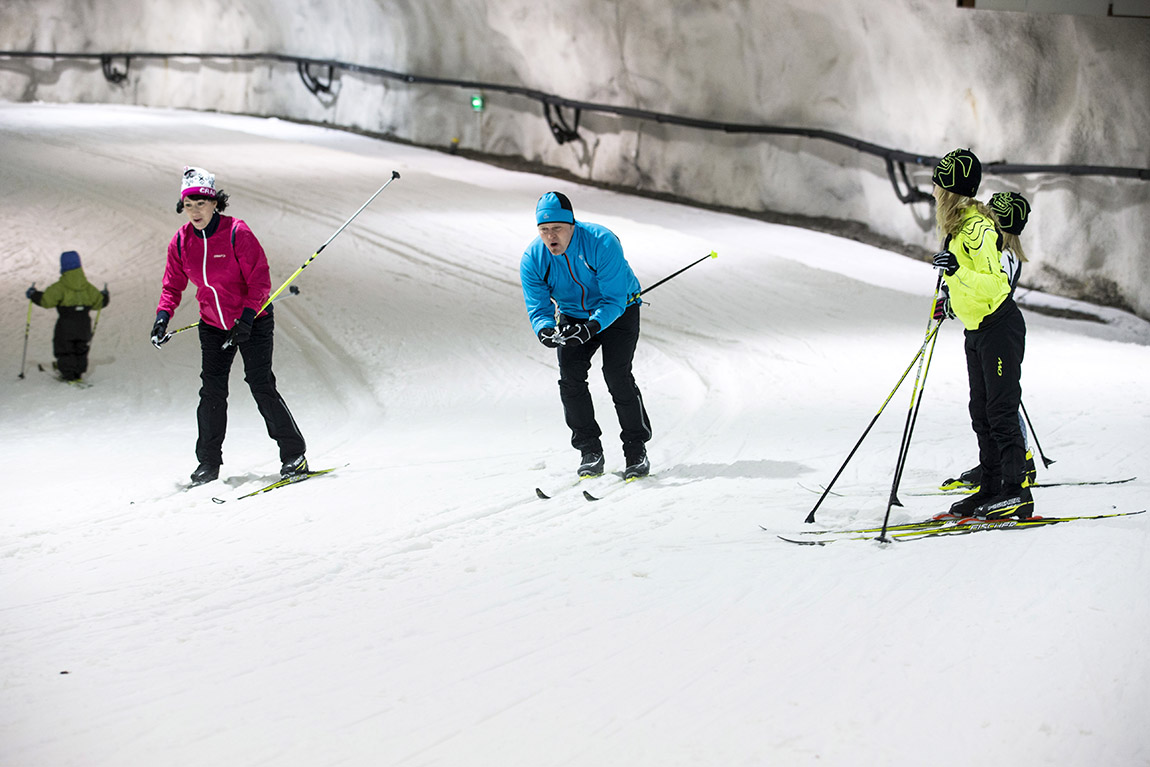
In Finland’s bedrock 30 metres below the reception of the Vesileppis spa hotel, you find 1.1km of well-kept skiing tracks. Photo: vesileppis.fi
Go underground to escape summer
Nordic resorts are undisputedly the best for cross-country skiing. This gives you a real taste for the most peaceful side of the winter world around you while also offering a cardio workout and adrenaline rushes aplenty. But how do you get your fix when summer comes? The answer is to go underground. Finland leads the way in this with several refrigerated ski tunnels, where you can glide over freshly groomed snow all year round. And because they are naturally insulated, they require little energy to maintain their temperature, even in summer, when they can use heat pumps most effectively. So Vesileppis, 40 minutes south of Kuopio, can boast that winter is always just an elevator ride away, as its cross-country skiing arena lies in the bedrock 30 metres below hotel reception. Here, you find 1.1km of well-kept tracks, whether you prefer classical style or skate skiing, and also biathlon and husky sledging. Athletes also use ski tunnels to save on training trips to the southern hemisphere.
Skiing year-round, vesileppis.fi
Ski Denmark’s highest ‘mountain’
Denmark is not known for its mountains, so to create a ski venue, artificial slopes have been built on the roof of a recent power plant that runs on Copenhagen’s waste and offers great views of the capital and its surrounding islands. Copenhill has 440 metres of slopes, including a 180-metre black run, which is a heart-stopping 30 degrees at its steepest. If that sounds scary, there is also a beginner’s run with access to three gentle ‘magic carpet’ ski lifts and a drag lift, as well as an intermediate run, while a lift inside the plant takes you to the top of the ‘mountain’. For the full Alpine experience, the centre has a freestyle park, a slalom course, the world’s highest climbing wall – at 85 metres – and a sledging run. Admittedly, it may not be the sort of place you’d go to for a week’s winter holiday, but it is a fun addition to a city break and allows locals to practise before they head elsewhere for their skiing holidays.
Skiing year-round, copenhill.dk
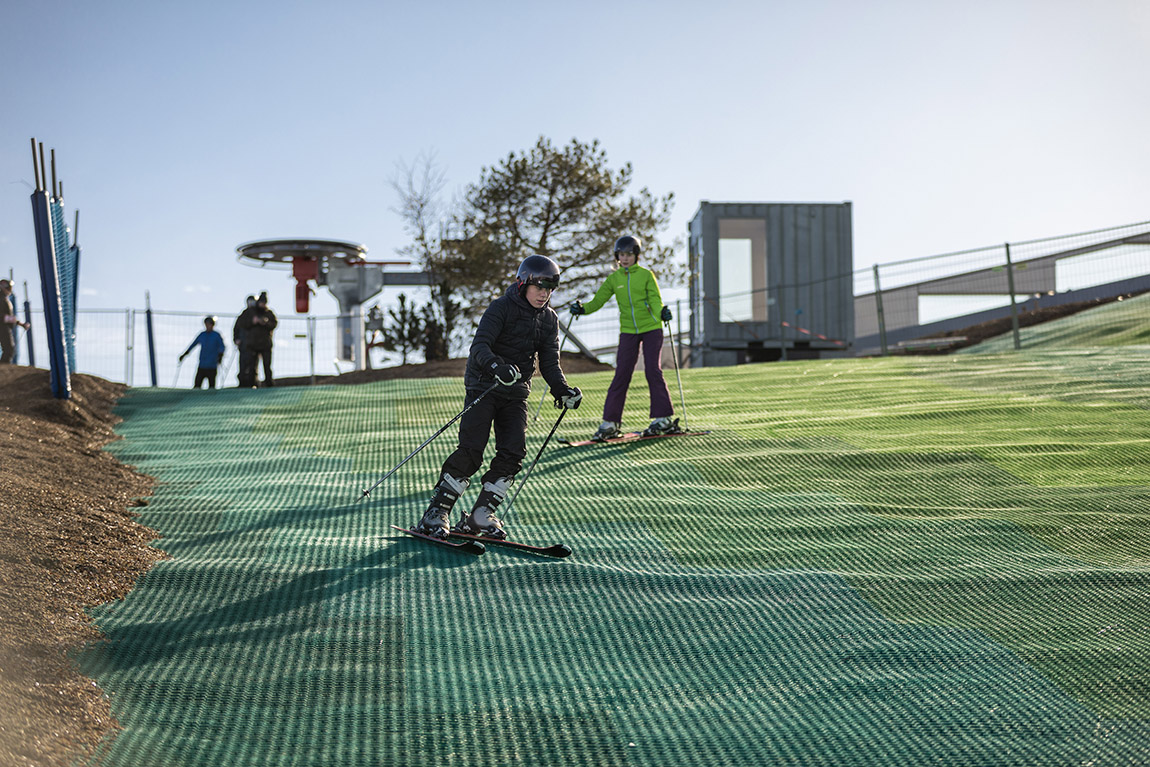
Copenhill has 440 metres of slopes, including a 180-metre black run. Photo: copenhill.dk
Subscribe to Our Newsletter
Receive our monthly newsletter by email

